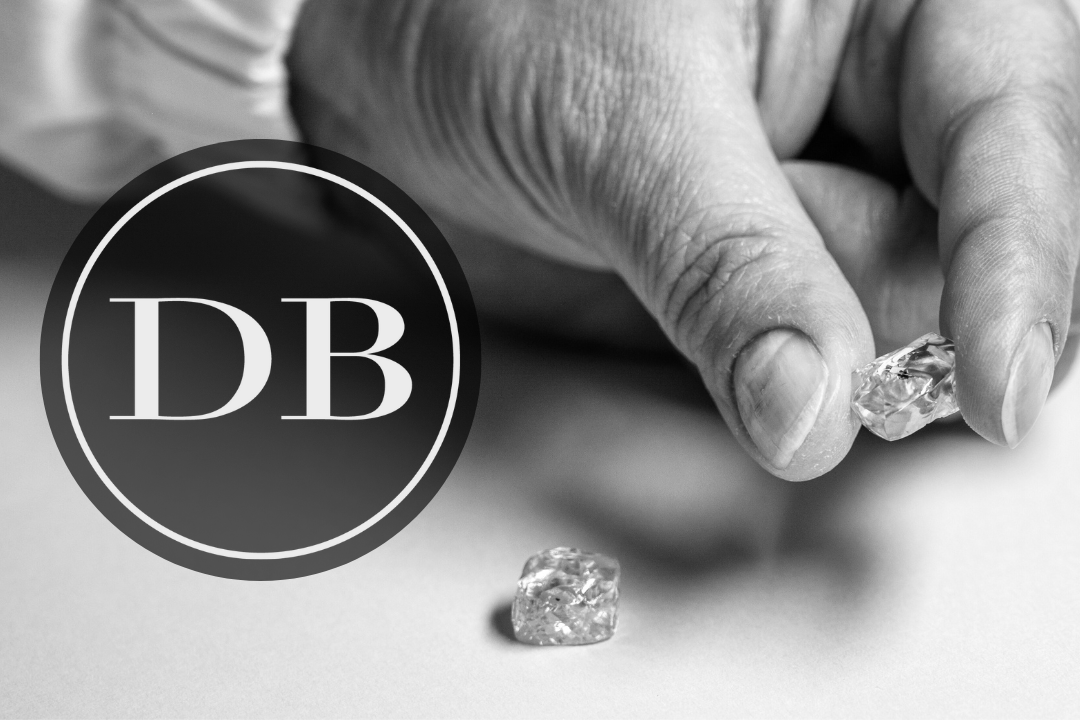Quite Frankly... De Beers is a Pain - Mid-May 2024 News
The major components used in making jewellery are mined products. There are differences in the way each mined element is traded, be that in the stock market or at the retail level. Two primary jewellery components are gold and natural diamonds.
Gold and diamonds are distinctly different commodities especially when considered as stock commodities.
Gold fits perfectly into a stock portfolio. Gold is a consistently structured mineral that can be traded at a standard price based upon purity and weight. Diamonds, on the other hand, are not at all consistent. They are not simply traded by weight but colour, cut, and clarity. The fact that every diamond is unique makes investment in diamonds much more complicated than investing in gold.
Gold rises and falls depending on the level of stress in the economy. It is traded globally as a storehouse of value and as a hedge against economic uncertainty. Governments, banks, and individuals buy and hold gold.
Diamonds are difficult to categorize by value. Natural occurring diamonds do not fit easily into standard tradable lots, as is witnessed by the many failed attempts to commoditize diamonds into legitimate stock investment schemes.
De Beers is the largest diamond player by value and the most influential company in the diamond industry. De Beers has underperformed and is now up for sale.
Large mining multinationals are currently streamlining and divesting holdings that do not fit easily into standardized trading. They are retaining commodities like gold and divesting diamond holdings. Quite frankly, diamonds are a pain for these larger mining conglomerates.
Large, consolidated jewellery concerns, that might be financially capable of purchasing De Beers, have no experience or interest in diamond mines. Johann Rupert of Richemont explains, we have “zero interest” in buying De Beers — “we’re not in the mining business…we cannot add value there.”
Larger gold producers can be accurately evaluated, bought, and sold using standard stock calculations. Diamond mining companies cannot. There is no perfect fit for De Beers.
Anglo American wants to get rid of De Beers by the end of 2025, so they are not ready to dump it. Anglos’ stock value has been rising significantly since they announced their plans to streamline their holdings.
De Beers has made many downstream mistakes, in fact, I cannot think of any of their downstream incentives that have been profitable in the last twenty years. One could say that their downstream incentives have been a total and complete failure.
De Beers made seventy-two million dollars last year as opposed to1.4 billion the year before. The figures speak for themselves. Reuters just reported that Anglo may list De Beers, as an IPO, on the London Stock Exchange, and that move might raise big money, if played correctly. Just look at Truth Social!
De Beers will be sold inclusive of its existing structure, management, and diamond investments. The buyer of such a marquise investment must be willing to gamble on a natural diamond recovery. To say that we, in the diamond business, are watching these happenings closely, is an understatement!
….and that ends the Mid-May edition of the Regal Imports News
Mel Moss
WANT TO EXTEND THIS CONVERSATION? LET'S CHAT



